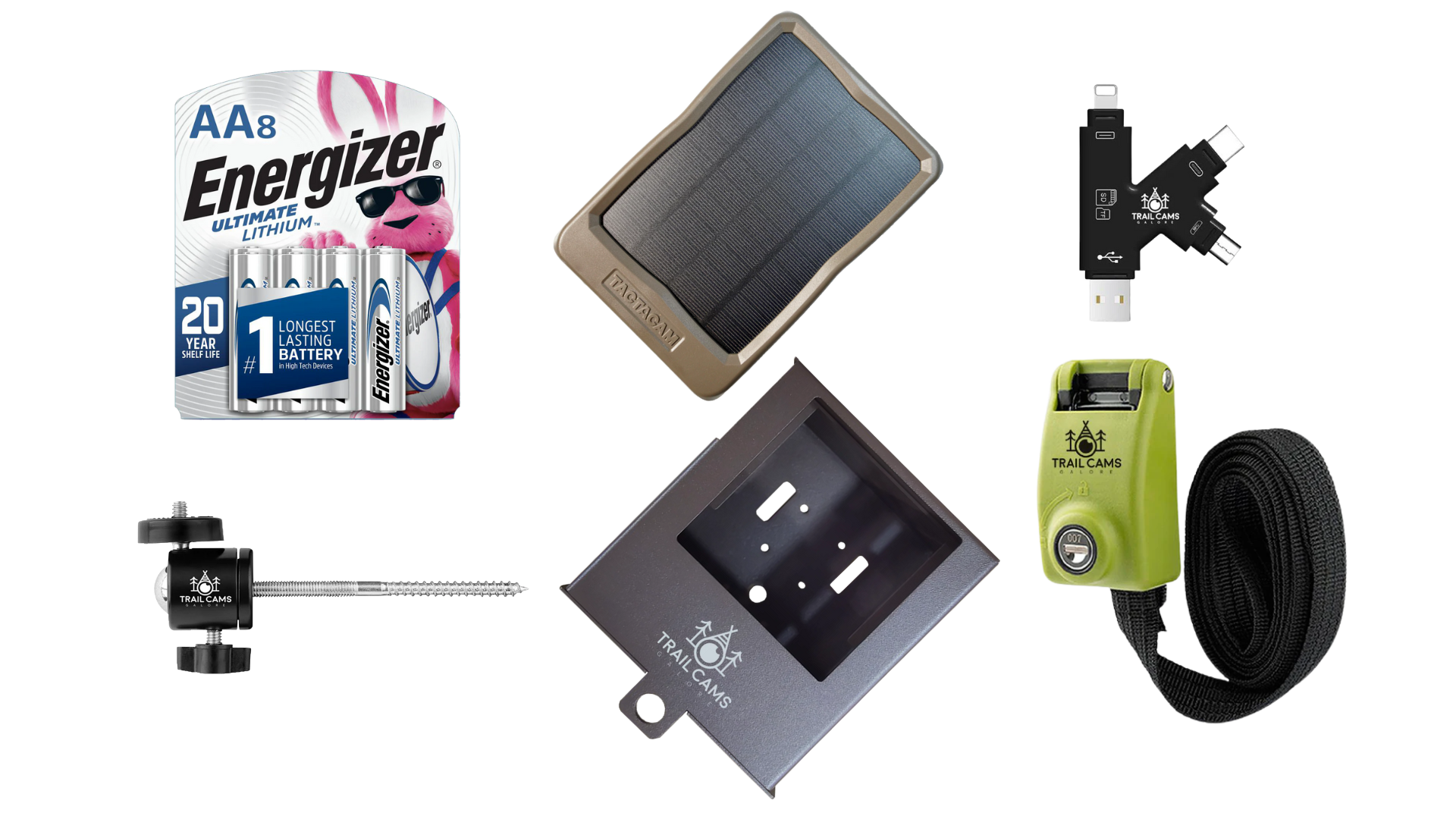TRAIL CAMERA DIRECTION: DOES IT REALLY MATTER?
Turns out, trail camera placement technique plays a large role in the type of image it captures. Trail cameras come in all shapes and sizes these days. Some camouflage, some square, some rounded, large and small, and now some even look more like security cameras than traditional game cameras. Some are infrared, some flash, some have fast trigger speeds, others have built in time lapse mode, and even video! None of that matters, though, unless the camera is facing the right direction.
The sun is a trail cameras worst enemy. Placing a trail camera facing either East or West will cause the sun to move directly into its line of sight. This is where those blurry and washed out images come from. Think about what you see while driving early in the morning as the sun is just beginning to rise, or when the sun is setting and you’re driving right into it. That impaired vision is essentially the same thing the camera experiences when it tries to take a photo with the sun in front of it.
In order to avoid this, try to position your trail camera to face either North or South. The sun will pass across the sky at an angle that is out of the cameras direct line of sight.
Another reason your game camera might be capturing blurry images could be the leaf litter or foliage in front of the camera. Trail cameras are often motion activated, unless you’ve put your camera on a different setting (time lapse mode, etc.). A stiff breeze making the weeds or small branches move in front of your trail cam will trip this motion activation technology and cause it to take a photo. It is best to try to clear this excess greenery away and out of the line of sight of the camera.
For these two reasons, a portable trail camera stand is a popular choice for hunters and game camera users. Something like the Stic N Pic are top of the line and allow you to place your trail cameras in the right spot and facing the right direction, even if there are no good trees around. Keep all of these things in mind to help you get the most out of your trail cameras this season.











